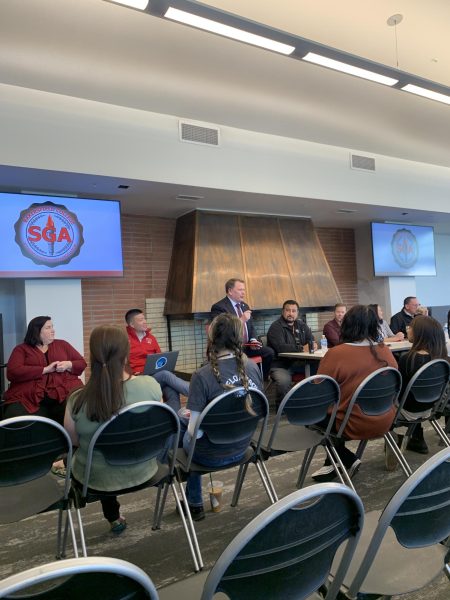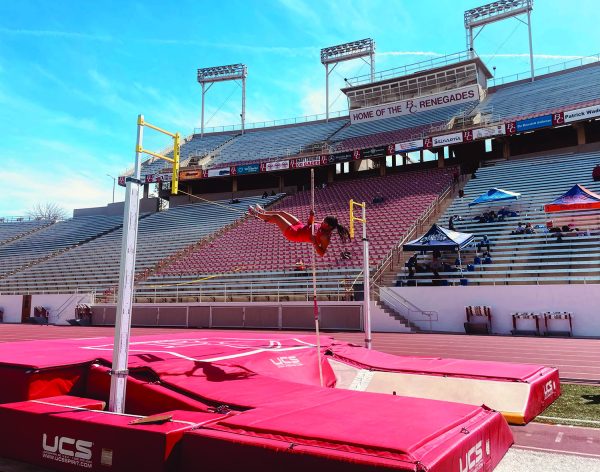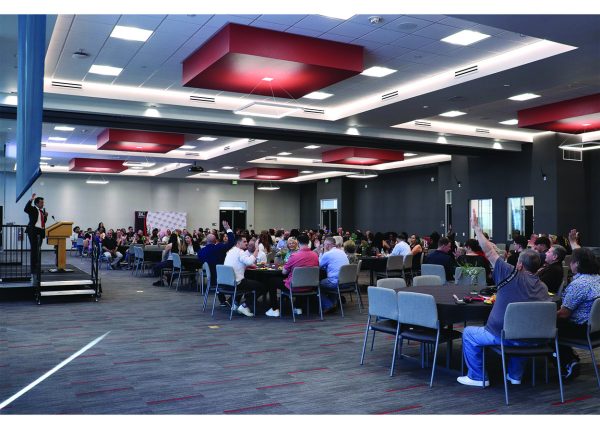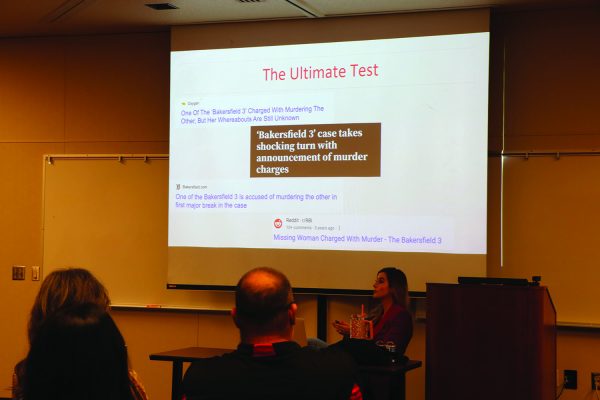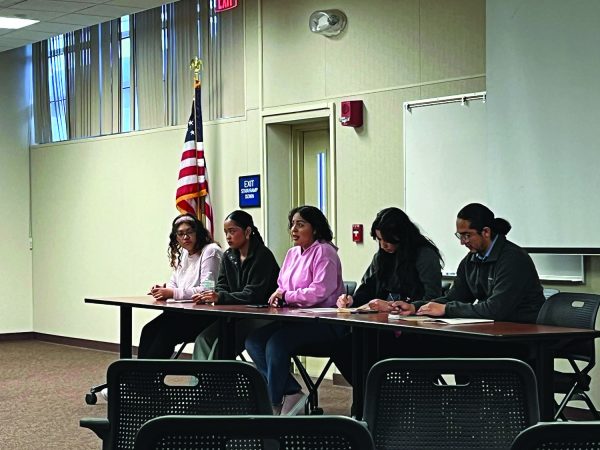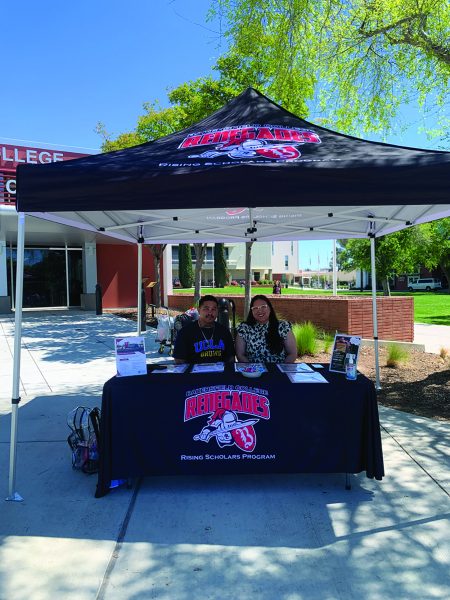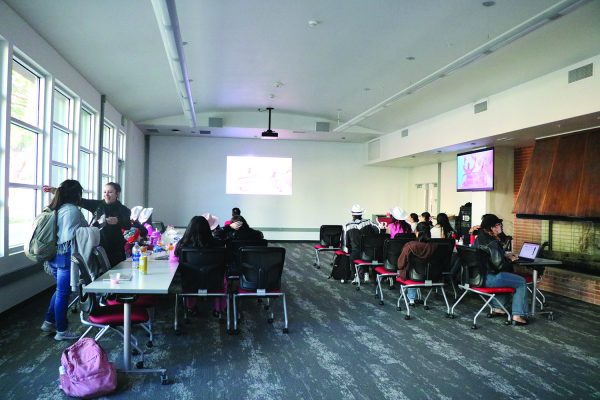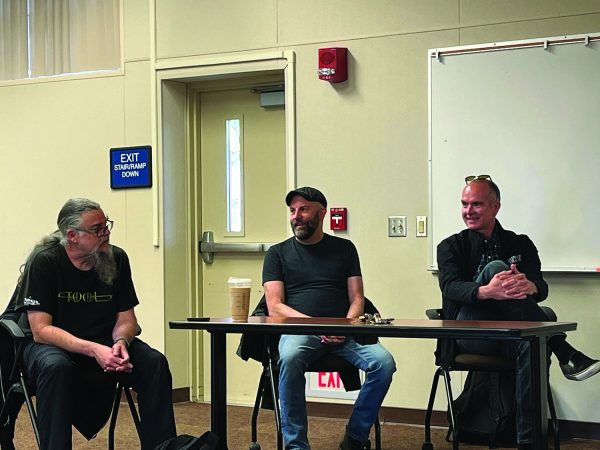Upgrades to Isabella dams to be finished in 2022
October 4, 2017
Recent earthquakes in Mexico serve as a reminder that natural disasters can strike at any time. The local threat of an earthquake in Lake Isabella, an active fault line with two dams that are long overdue for upgrades, has had officials in the Lake Isabella and Bakersfield communities concerned for years. The U.S. Army Corps of Engineers (USACE) has been actively working since 2006 to figure out a plan to mitigate threats that Lake Isabella might pose to both communities should it experience a significant earthquake.
To address those concerns and the deficiencies that were determined to be valid in the Environmental Impact Report (EIR) that the USACE submitted in 2012, a date to begin the long-awaited project’s next phase has been decided.
“The U.S. Army Corps of Engineers awarded an approximate $204 million contract to Flatiron/Dragados/Sukut Joint Venture, to modify the main and auxiliary dams at Isabella Lake,” according to Tyler Stalker, Deputy Chief of Public Affairs for the U.S. Army Corps of Engineers Sacramento District, which is overseeing this project.
Stalker said that the total cost to fix the auxiliary dam will be an additional $37 million, but, first, USACE must acquire an easement for the Borel Canal from California Edison, which they are in the process of doing now. The project is planned to begin in November and projected to be completed in 2022.
In 2006, the USACE determined that Lake Isabella’s main and auxiliary dams posed risks. There were three criteria used to determine that risk: a large storm could overtop the dam, an active fault line runs under the dam, and the dam cannot withstand a big earthquake, according to Stalker.
“The original dam was not built with filters and drains for water to appropriately seep through, meaning seepage (which occurs in all dams) could also push out the earth that comprises the dam and could cause problems for the entire structure,” said Stalker.
What Stalker calls an “unacceptable risk” was released in the EIR by USACE and was presented to the community in 2012. The EIR evaluated that “… The Corps’ need for action is to reduce the likelihood and consequences of dam failure and to restore the authorized project benefits.”
To fix the current problems USACE will have both the main and auxiliary dam raised about 16 feet, drains and filters added, and the existing spillway will be raised 16 feet. A new emergency spillway will be added between the two dams and the conduit will be filled in. Also extra material will be added on the downstream side of the auxiliary dams for stability, according to Stalker.
This will remedy the three deficiencies, according to Stalker.
Stalker details why the auxiliary dam is especially vulnerable; it is not made of granite like the main dam, and this presents stability issues. By reinforcing its foundation and adding the filter and drains, it will eliminate the seepage concerns that Stalker said could undermine the integrity of the dam. It is the project’s goal to bring the dams to “modern safety standards.”
Although hypothetically an earthquake along the San Andreas Fault could affect the dams, if one were to occur, Stalker shared the USACEs findings, “It would take a significant magnitude earthquake from any other fault to dramatically impact the Isabella Dam.” Yet, the USACE Operations personnel leaves nothing to chance. They are continually monitoring for seismic activity, and when one does occur they inspect to be sure that the dams have maintained their integrity.
In February 2016, that’s just what happened and put USACE’s supposition to the test. A 4.9 magnitude earthquake near Wasco struck and USACE responded. They determined that the earthquake had no impact on the Lake Isabella dams. “Even though we don’t think there is an imminent danger from other fault lines, we will ensure the dams are safe if a nearby earthquake occurs,” said Stalker.
He does contend that in the event of dam failure, it would send “… a significant wave of water to Bakersfield within hours, with catastrophic consequences to the people downstream …” but “we have no reason to believe an earthquake is imminent or even likely, but we are moving forward to mitigate the seismic risks nonetheless.”
Nate Wright, 58, a part-time local resident, who is retired from the Department of Corrections, shared his own thoughts on the danger of an earthquake affecting Lake Isabella dams and posing any significant risks to the communities downstream.
“They’ve always had a seepage of water in the tunnel that goes inside, there’s been a foot of water or so … back in the 70s … people think the dam’s going to collapse or whatever, and that’s just not so. But they need to refurbish it and do some things to it just to upgrade it and make sure that it doesn’t. If they do have to hold a lot of water, they do have to put a lot of output out, it’s not going to fall apart like that one did up North,” he said, referring to the Orville Dam that collapsed on January 11, 2017, due to snowcap melt which sent water toppling over the spillway. The pressure damaged the concrete wall, causing a mass evacuation by authorities to avoid the potential of loss of life.
According to Stalker, the Lake Isabella Dam project involved a vast number of partners and outside agencies cooperating together, including The US Forest Service, Kern County, Caltrans, Representative Kevin McCarthy’s office, the Kern River Watermaster, Southern California Edison, the local populace and Native American tribes, and the contractors, to bring this project where it is at the moment. “We are excited to start the dams and spillways construction and fulfill the purpose of this project: to protect the people who live near the Lake Isabella dams,” concluded Stalker.
Draft of the modification project:


